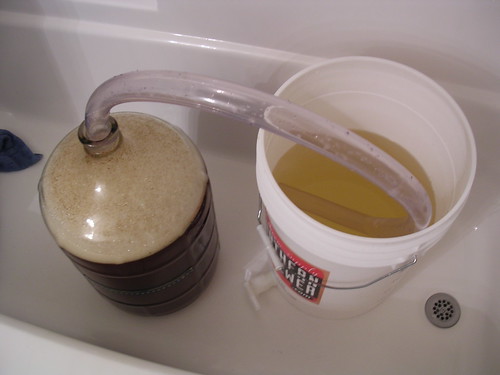TheWadeShow
Member
- Joined
- Dec 26, 2014
- Messages
- 18
- Reaction score
- 1
Howdy all.
I am embarking on a project to brew up a batch of Orange Clove Mead as outlined at the included link. I have seen this done before, but I haven't done myself before and since it's been so long I'm hoping someone can answer some questions I have.
1. I am brewing this up in a 5-gallon Better Bottle. I assume all I need to do is multiple all the ingredients by five to proportion it correctly?
2. It says I need a 1 gallon of water, so that would five gallons of water to match it to the vessel. However, five gallons of water will top this off. Don't I need to have some open area between the bung and the waterline?
3. Should I liquify the honey before adding it to the water?
4. When I add the yeast do I just add in five packets of yeast? Do I stir it in or leave it on top? Do I need the batch to be room temperature before adding?
After all of that I have a pretty good handle on wait times, but I was hoping someone could spell out the above for me.
Thanks!
I am embarking on a project to brew up a batch of Orange Clove Mead as outlined at the included link. I have seen this done before, but I haven't done myself before and since it's been so long I'm hoping someone can answer some questions I have.
1. I am brewing this up in a 5-gallon Better Bottle. I assume all I need to do is multiple all the ingredients by five to proportion it correctly?
2. It says I need a 1 gallon of water, so that would five gallons of water to match it to the vessel. However, five gallons of water will top this off. Don't I need to have some open area between the bung and the waterline?
3. Should I liquify the honey before adding it to the water?
4. When I add the yeast do I just add in five packets of yeast? Do I stir it in or leave it on top? Do I need the batch to be room temperature before adding?
After all of that I have a pretty good handle on wait times, but I was hoping someone could spell out the above for me.
Thanks!



